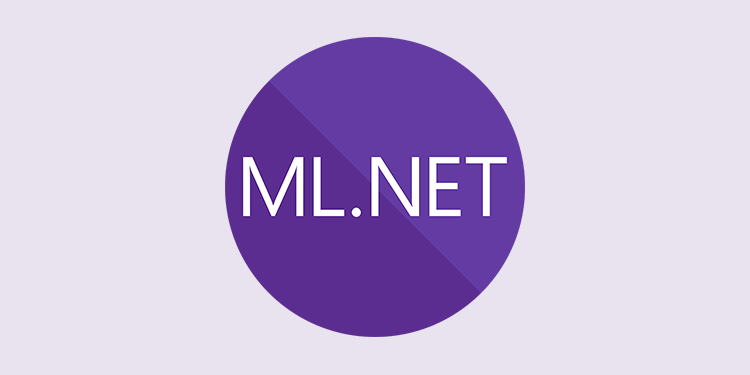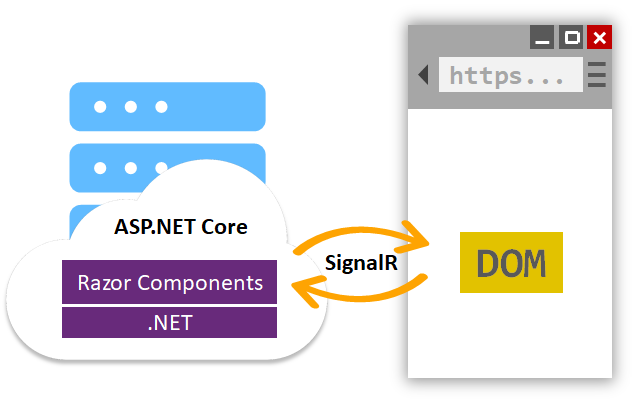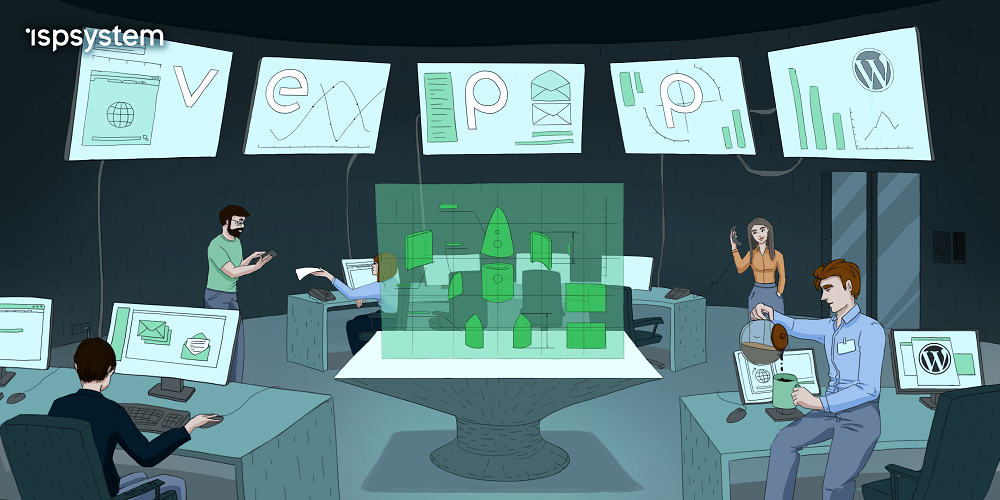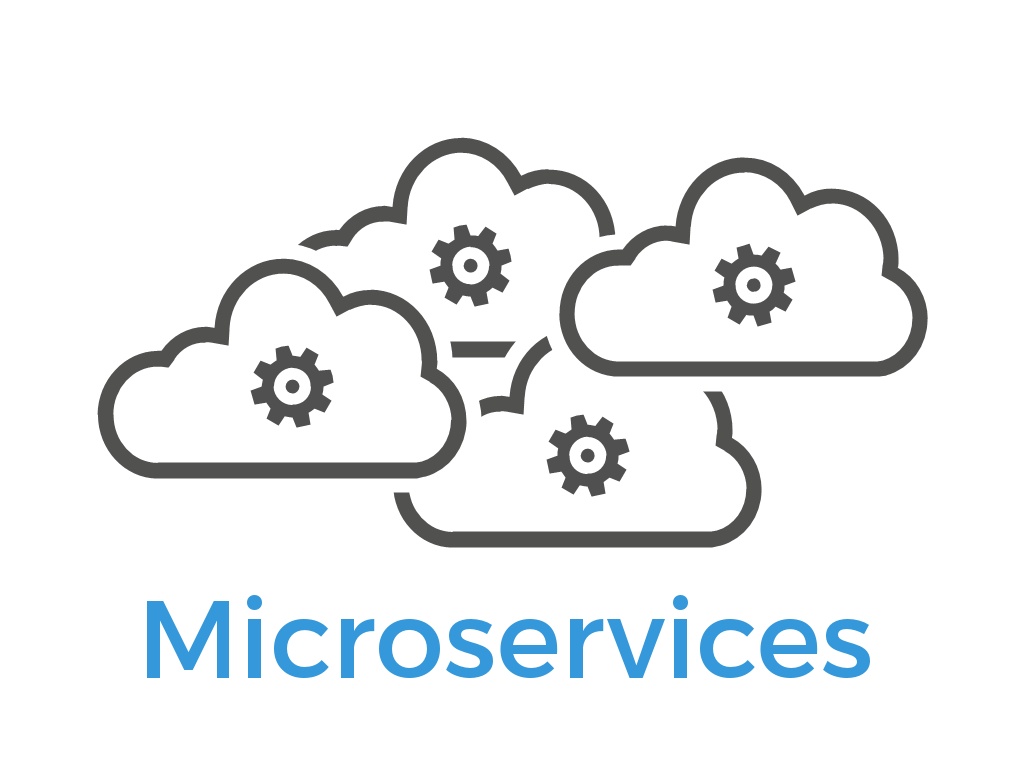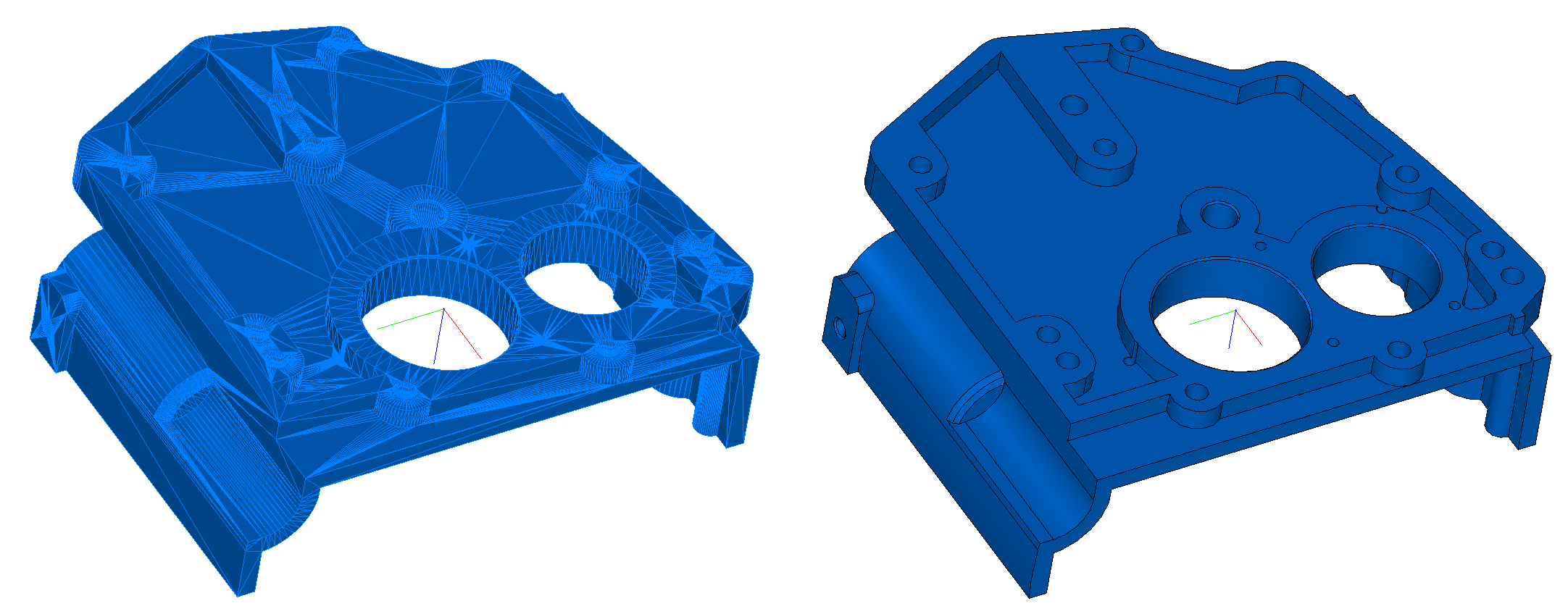Open Source Java library with stacktrace filtering, Silent String parsing and Version comparison
Here is the Github link
Javadoc online is available here
Also, this library is available on Maven Central. Here are the Maven artifacts (the version 1.5.1.2 is the latest at the time of writing of this article but might change in the future. To check for the latest version search for artifact «MgntUtils» at http://search.maven.org/):
<dependency>
<groupId>com.github.michaelgantman</groupId>
<artifactId>MgntUtils</artifactId>
<version>1.5.1.2</version>
</dependency>
<dependency>
<groupId>com.github.michaelgantman</groupId>
<artifactId>MgntUtils</artifactId>
<version>1.5.1.2</version>
<classifier>javadoc</classifier>
</dependency>
<dependency>
<groupId>com.github.michaelgantman</groupId>
<artifactId>MgntUtils</artifactId>
<version>1.5.1.2</version>
<classifier>sources</classifier>
</dependency>
Below is just a short explanation of what is there. The library comes with a nicely written (I hope) JavaDoc with a detailed description. So here is the list of features:



